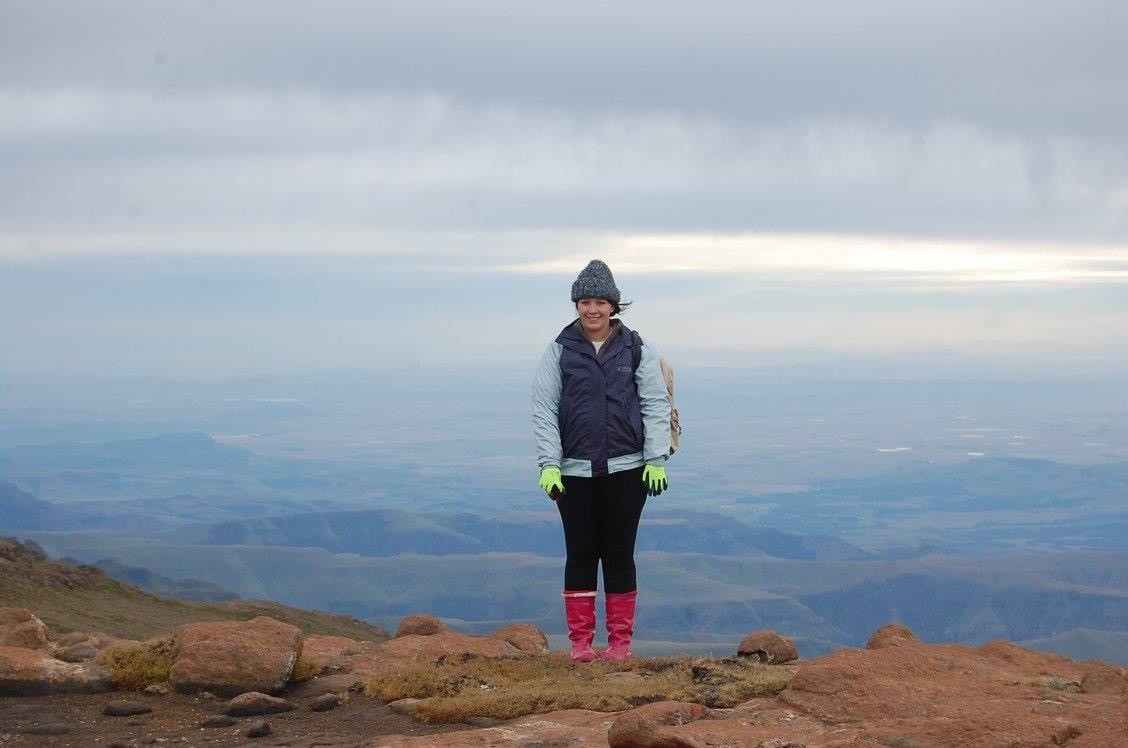Play all audios:
Lire en français Imagine standing at the dizzying altitude of 3,400 meters above sea level, where the air is thin, and the landscape is a mosaic of wetlands and rocky outcrops. Here, near
Mafadi Summit — the highest point in South Africa, on the border with Lesotho – I decided to extract an extra sediment core on the last day of my PhD fieldwork. I am based at the University
of the Witwatersrand in South Africa. My work involves researching climate change, and its impacts on plants animals and people. That final, extra core appeared to be from a diatomite
outcrop on the side of the mountain. Diatomite is rock that is rich in the fossilised remains of diatoms (tiny aquatic plants), and is a good source of historical climate data. Working with
Anson Mackay from University College London, and a sediment core I extracted led to the discovery that this high-altitude region once hosted a small, but persistent shallow lake, thriving
with life between 4,600 and 100 years ago. I had a close encounter with a high-altitude lake when I fell backward into a large puddle of water while taking the cores. It was early spring in
the southern hemisphere at 3,400 meters above sea level, and we were staying in tents. To say I was rather cold and miserable would be an understatement. Other memorable events during this
study were endemic Sloggett’s ice rats ( _Myotomys sloggetti_ ) nibbling our tents, a helicopter ride, and camping at below-zero temperatures. Being able to explore new locations, where you
are paying close attention to the landscape, the weather, the language and culture, and navigating unknown roads, is the best part of field trips. Sub-Saharan Africa is paticularly
vulnerable to climate change, and is experiencing climate warming at a rate of 1.5-2 times the global average. The dependence on climate-sensitive industries, such as agriculture and
tourism, and the need for housing, food, water and sanitation need to be budgeted against longer term climate adaptation. My work helps to base adaptation efforts in an understanding of the
impacts of climate change at a regional to local level, for targeted adaptation that will maximise the return on investment. Recently, my PhD student Ariel Prinsloo and I were on a field
trip to Réunion Island where we were recording the microclimate variability across the island. When we collected water for isotope analysis in Lesotho and the microclimate analysis in
Réunion, we spent a lot of time driving through the regions, collecting data as we went. Two years ago, our team was in Lesotho collecting surface water samples for stable isotope analysis
to understand the moisture sources for rainfall in the region. Stable isotopes are non-radioactive forms of elements that have a consistent atomic structure, making them useful for studying
environmental processes. In the case of rainfall, we look at the ratios of stable isotopes, such as oxygen-18 and deuterium (a form of hydrogen), found in water molecules. These isotopes
provide clues about the origin of moisture, as the proportions vary depending on factors like evaporation, altitude, and distance from the ocean. By studying these variations, we can trace
where the moisture for rainfall comes from, helping to understand regional climate patterns. Nowadays, I am also involved in lecturing on topics on environmental and climate change from
first to fourth year, and supervising Honours, Masters and PhD students in my position as a Professor of Physical Geography in the School of Geography, Archaeology and Environmental Studies
at Wits. I am also the president of the Society of South African Geographers, and the African Councillor of the International Society of Biometeorology.

